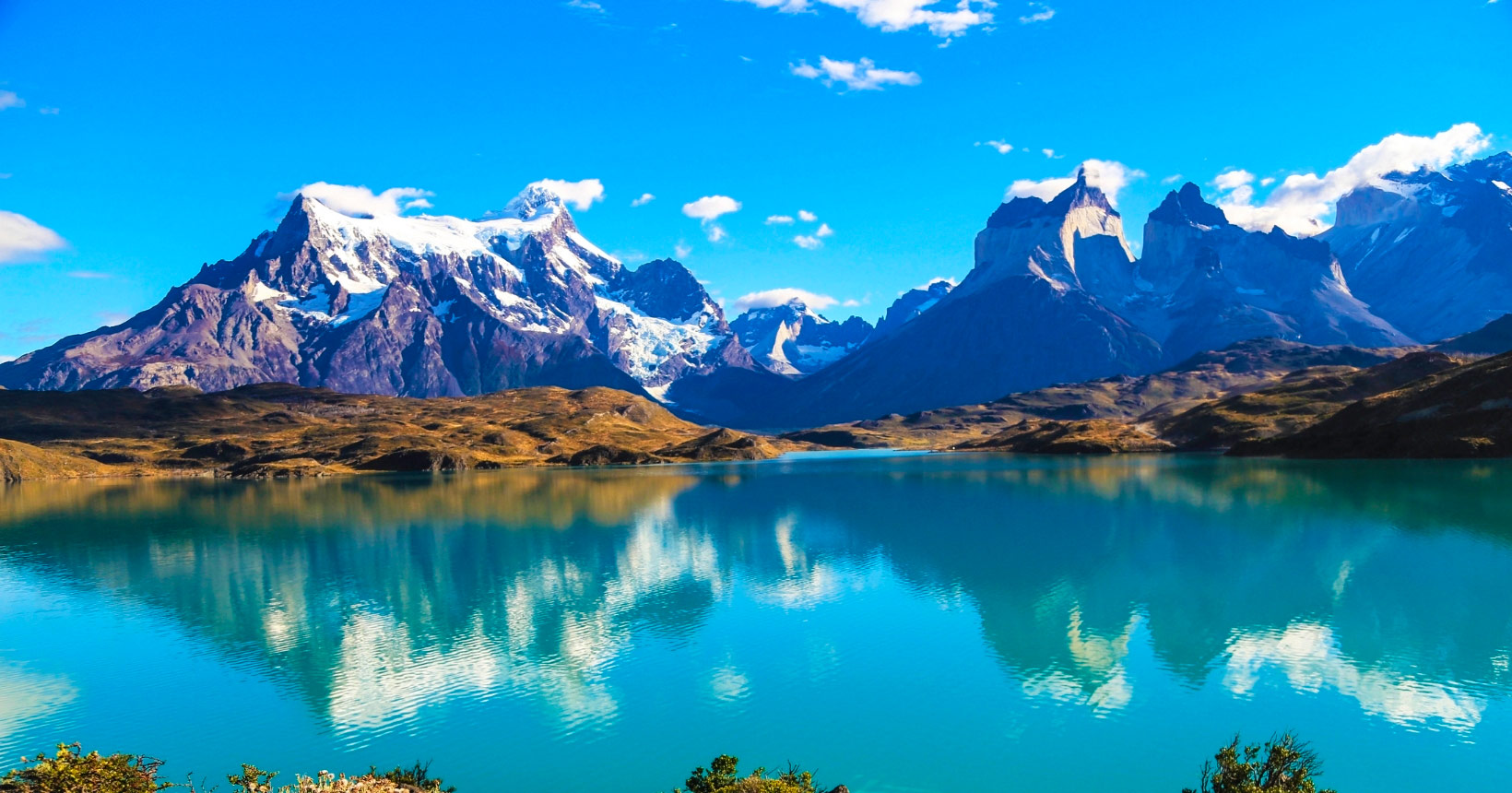
a Antarctica It is the coldest, windiest and driest continent on the planet. With average temperatures ranging from -10°C to -60°C, and with extremely cold peaks, it is one of the most extreme environments on the planet.
Its climate is predominantly arctic, with long winters and short, cool summers. As a result, most of Antarctica is covered in ice. The ice sheet contains about 90% ice fresh water From the world.
These extreme weather conditions and the vastness of its landscape make Antarctica one of the most challenging and interesting places to explore. scientific reseach And exploration.
However, we are facing the consequences of global warming, which is the gradual rise in the Earth's average temperature.
This temperature, in turn, increases with emission Greenhouse gasesSuch as carbon dioxide and methane in the atmosphere.
In practice, these gases trap the sun's heat, causing major climate changes, such as melting polar ice caps, rising sea levels, and extreme weather patterns.
The main driver of this phenomenon is human activity, especially the burning of fossil fuels and deforestation.
Ice melting accelerates Antarctica It is raising growing concern among scientists and environmental experts as recent evidence reveals a worrying trend.
Since 2016, the situation has worsened, with ice reaching historically low levels, indicating the possibility of continued decline.
Antarctic ice has reached its lowest levels
Melting ice in Antarctica is worrying – Image: Reproduction
According to data released by the National Snow and Ice Data Center (NSIDC), the extent of sea ice in… Antarctica It reached its lowest levels recorded at the beginning of 2023, remaining 17% below average.
In September of the same year, the annual extent of sea ice decreased to 16.96 million square kilometers, marking the beginning of Lowest level since 1979 And establishing a worrying new trend.
During the summer, the ice minimum was historically stable, but in 2023 it reached a tipping point, reaching just 1.91 million km² in February, the lowest minimum on record.
As of February 2024, although there has been a slight increase, the area remains worryingly low, at just 1.98 million square kilometres.
In this context, experts warn that Ocean temperatures rise It is one of the main drivers of this phenomenon, indicating that Antarctic sea ice may continue to decline.
Ocean heat appears to play an important role in slowing cold season ice growth and increasing melting.
This worrying trend is also linked to record warming seas, with the average global temperature reaching 21.06 degrees Celsius in February 2024, surpassing the previous record set in August 2023.
Given that 2023 was the hottest year in the past 100,000 years, there is a growing consensus on the need to act to confront these changes. Climate challenges.

“Proud explorer. Freelance social media expert. Problem solver. Gamer.”



:strip_icc()/i.s3.glbimg.com/v1/AUTH_59edd422c0c84a879bd37670ae4f538a/internal_photos/bs/2024/X/z/pYwEeeTnSBjUJdJIX0Fw/piramides-egito.png)


